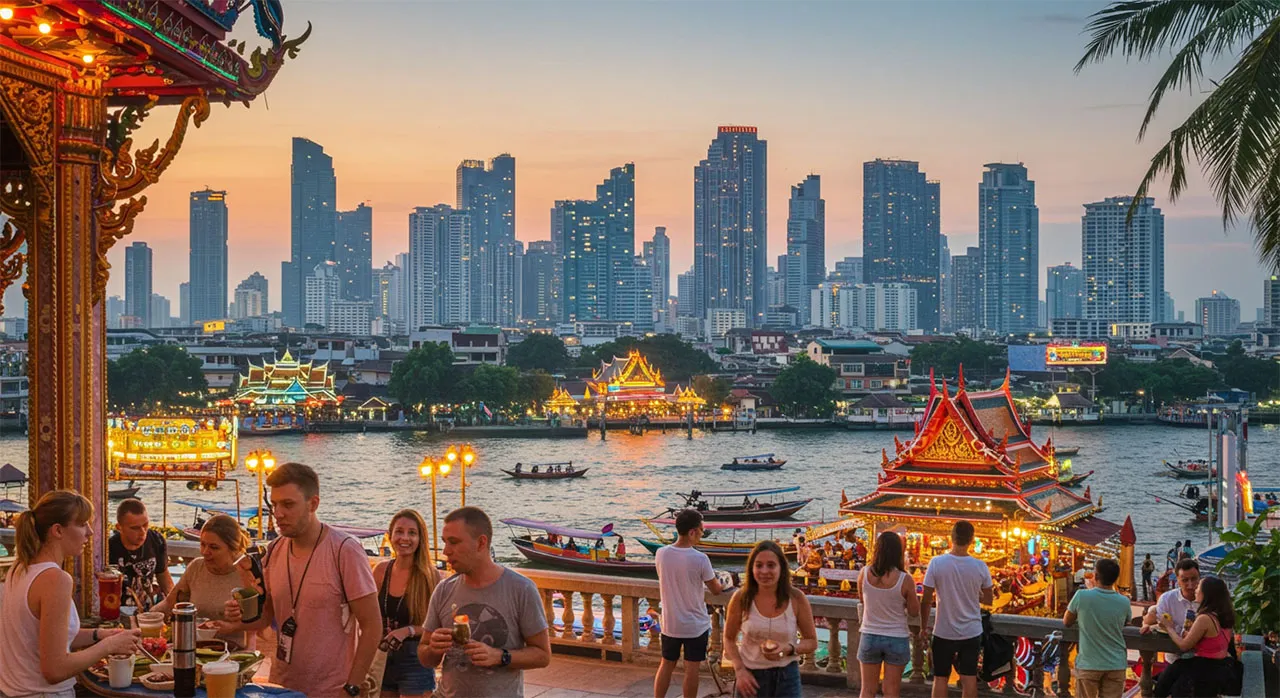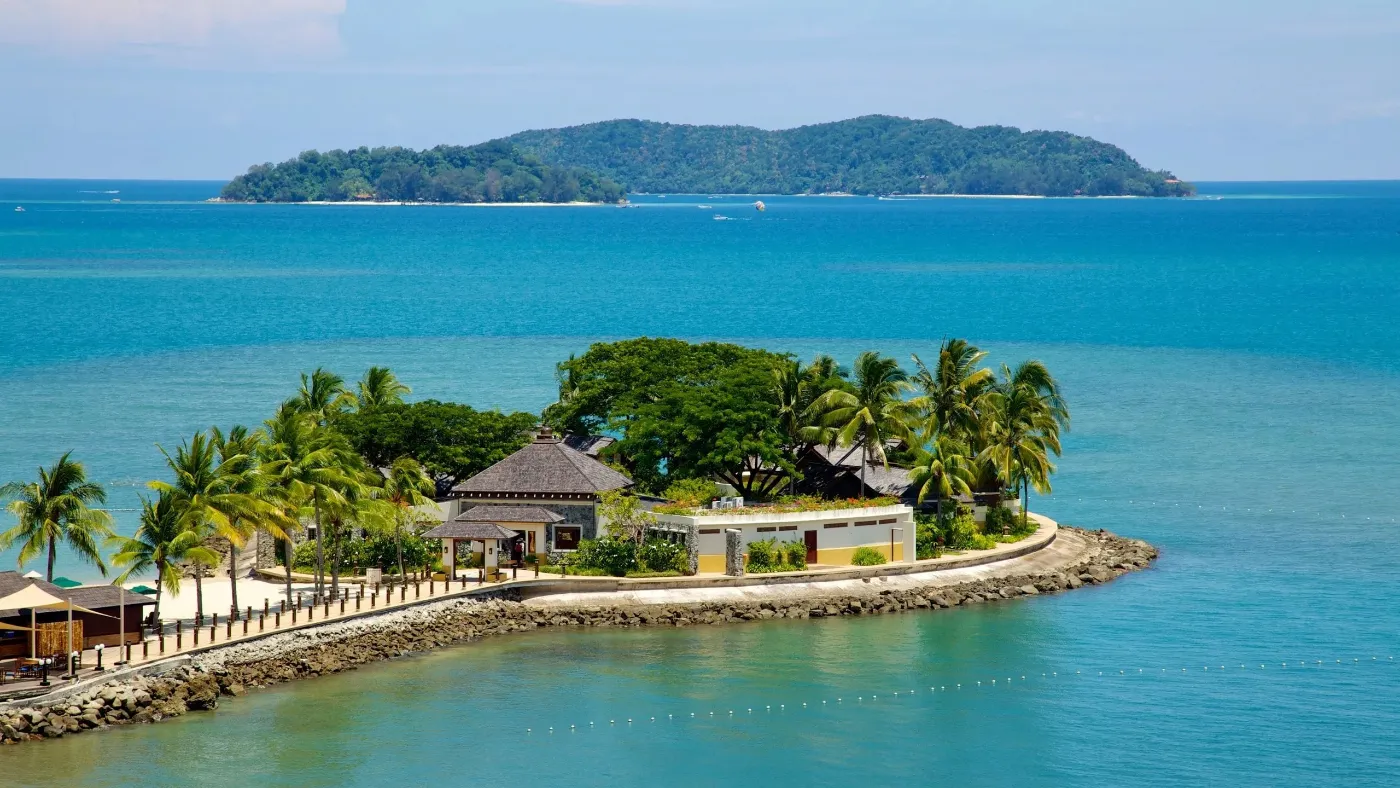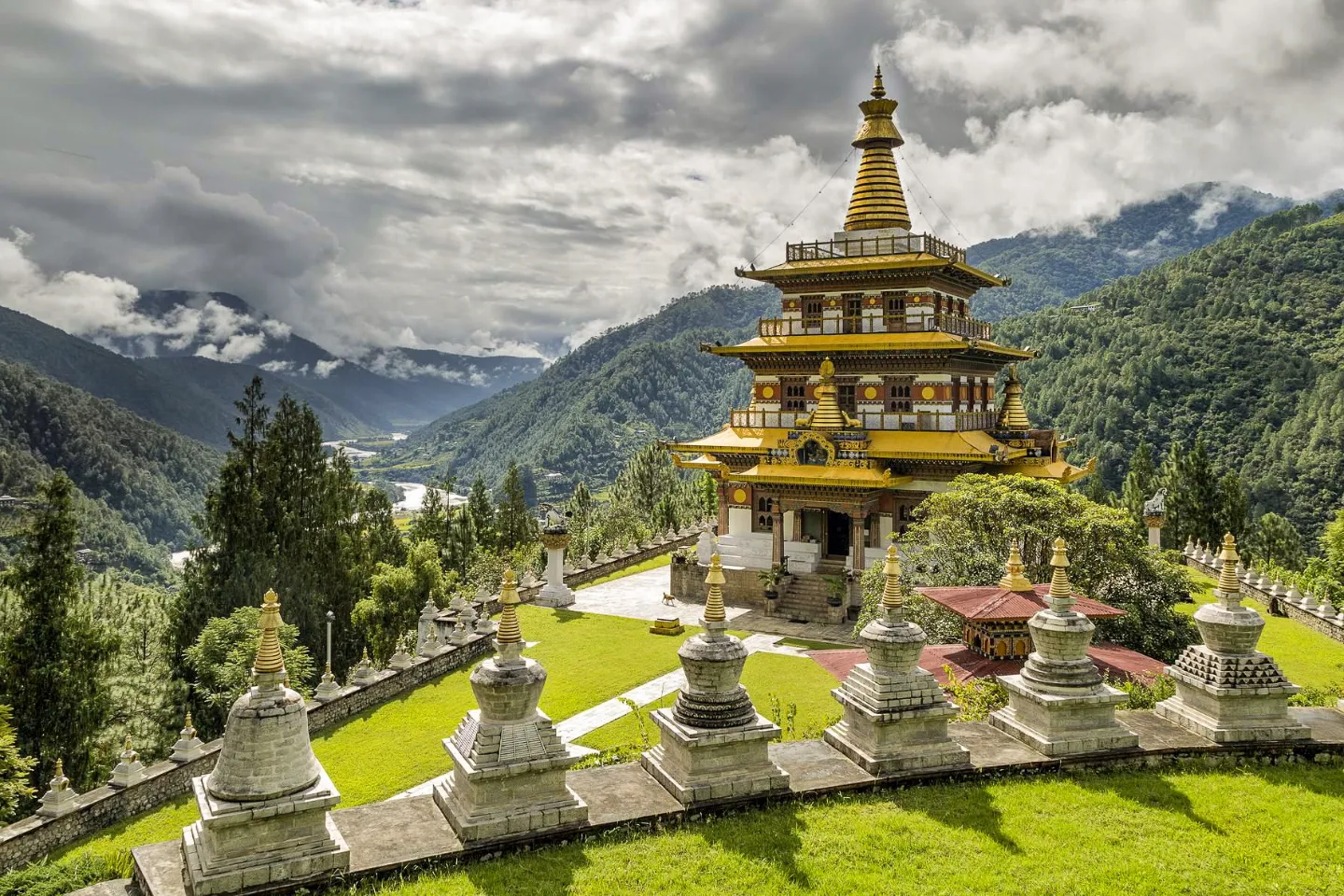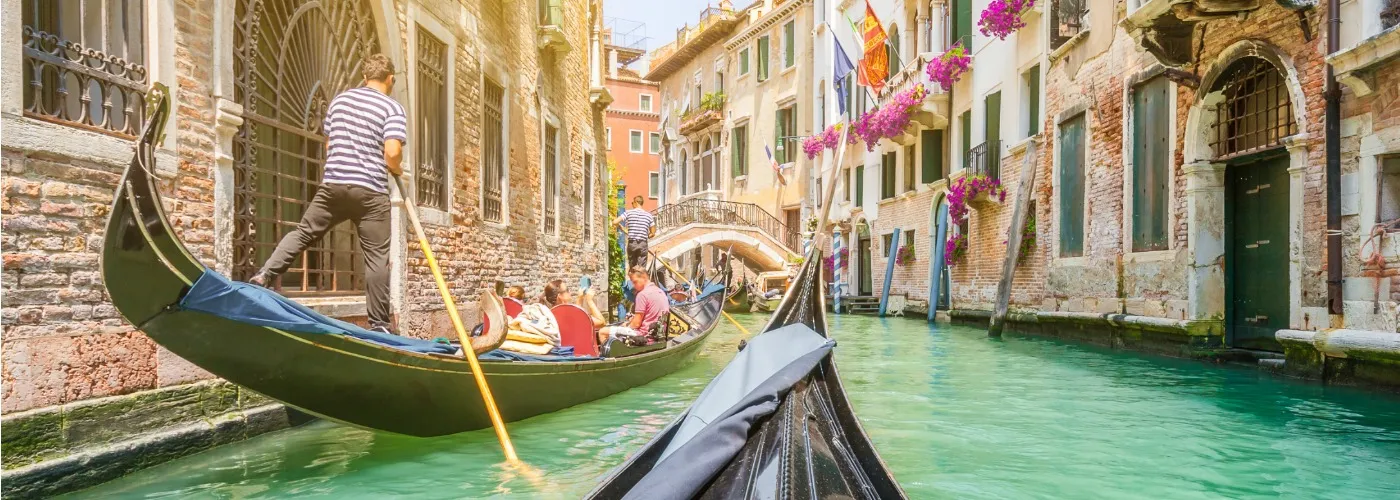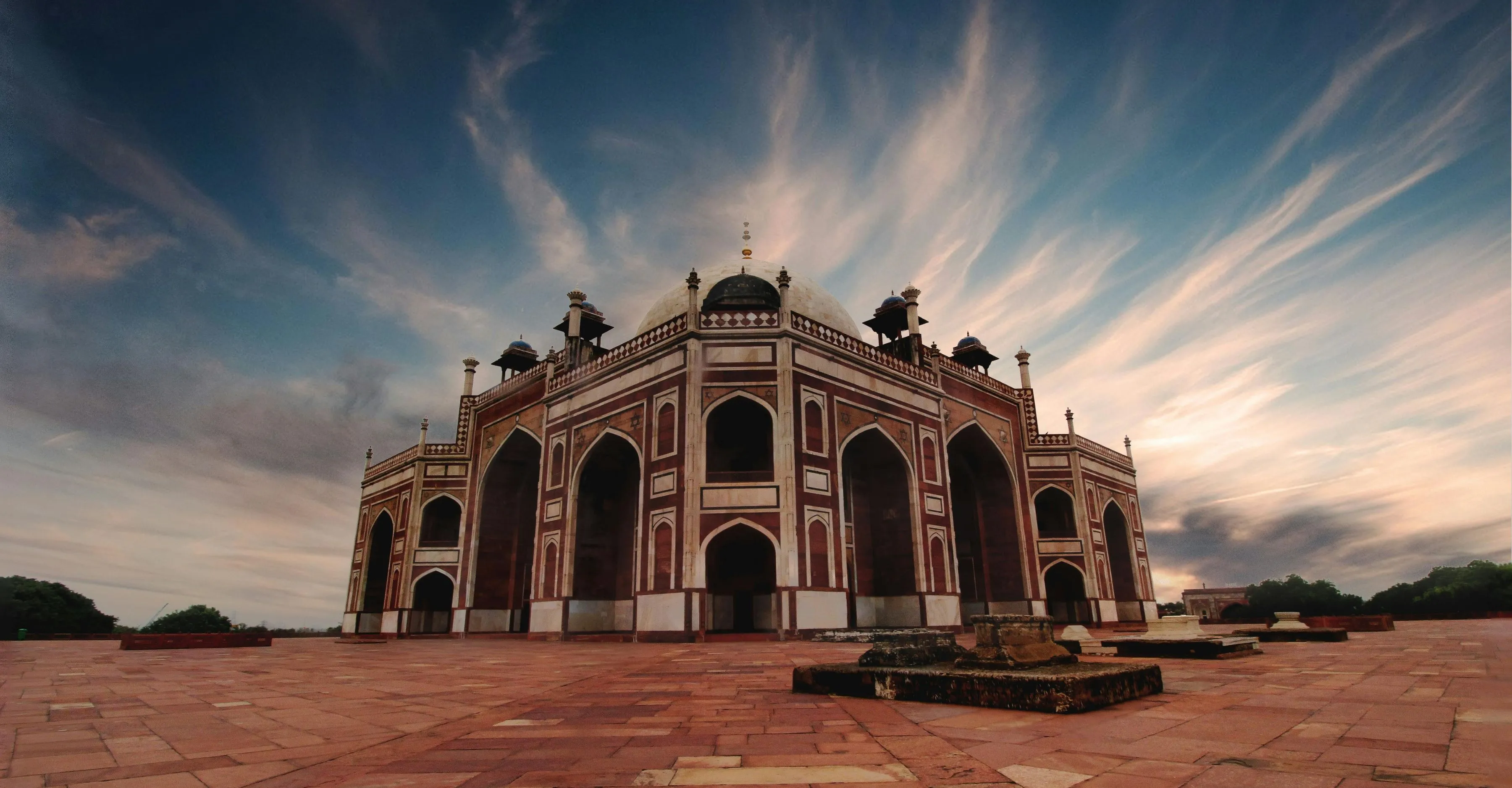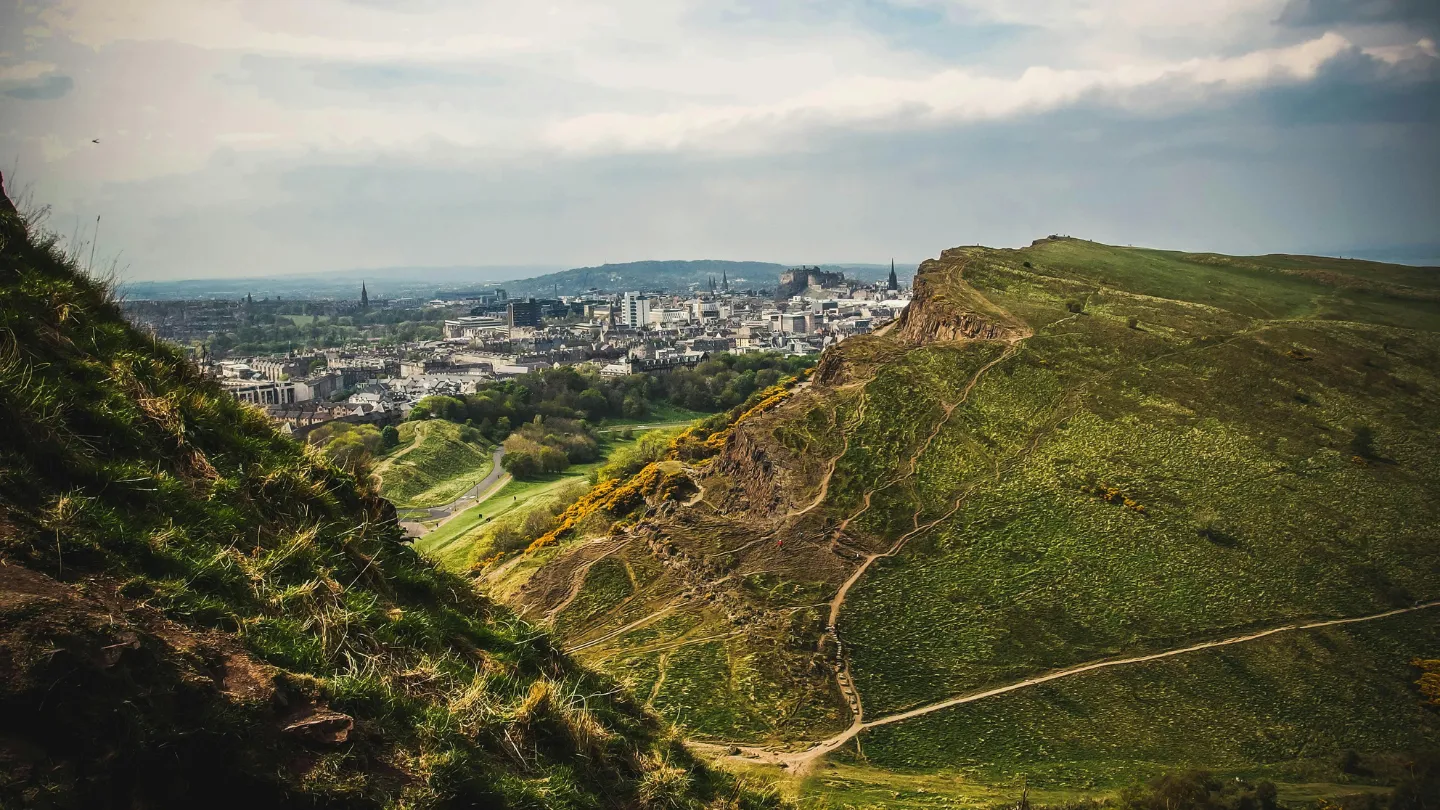Reykjavík, Iceland’s vibrant capital, is a city where nature and culture coexist in perfect harmony. Nestled between mountains and the Faxafloi Bay, it offers a unique blend of dramatic landscapes, charming streets, and a thriving cultural scene. From colourful houses lining Laugavegur to geothermal pools and nearby waterfalls, Reykjavík is a city that captivates every traveller. This guide will help you explore the city in depth, whether it’s your first visit or a return trip seeking hidden gems.
How to Get to Reykjavík
Reykjavík is easily accessible via Keflavík International Airport, about 50 kilometres southwest of the city. Regular buses, taxis, and car rentals connect the airport to the city centre. Driving along the scenic Route 41 is a memorable introduction to Iceland’s volcanic landscapes and coastal views. Once in Reykjavík, most attractions are walkable, and public transport, taxis, and rental cars provide flexibility to explore surrounding nature reserves and beaches.
Top Attractions & Places to Visit in Reykjavík
Mount Esja
Mount Esja, located just north of Reykjavík, is one of the city’s most popular hiking destinations. The mountain’s network of trails caters to both casual walkers and experienced hikers, with routes offering panoramic views over Reykjavík, Faxafloi Bay, and the surrounding countryside. Hikers are rewarded with breathtaking vistas, especially during early morning or late evening. The mountain’s volcanic origins add dramatic rock formations to the landscape, making it ideal for photography and nature observation. Whether you seek a short walk or a full-day trek, Mount Esja is a refreshing escape from the urban centre, providing a serene and scenic retreat.
Tiananmen Square and Tiananmen Tower
Just south of the Forbidden City stretches Tiananmen Square, one of the world’s largest public squares. Standing before the Tiananmen Tower, you feel the weight of national pride and political history that defines Beijing, China. This area is not just symbolic — it’s the centre of many major events in China’s modern story.
Faxafloi Bay & Grotta Lighthouse
Faxafloi Bay stretches along Reykjavík’s coastline, providing opportunities for observing seabirds, marine life, and the ever-changing Icelandic weather. The Grotta Lighthouse at the western edge of the bay is a popular destination for both locals and tourists. Visitors often enjoy peaceful walks along the shoreline while photographing the sunset or the reflective waters. During summer, the Midnight Sun bathes the bay in soft golden light, while winter offers spectacular Northern Lights displays over the water. This combination of accessibility, natural beauty, and seasonal phenomena makes Faxafloi Bay and Grotta Lighthouse an essential stop for anyone exploring Reykjavík’s coastal scenery.
Raudholar (Red Hills)
Raudholar, also known as the Red Hills, is a small lava formation located on Reykjavík’s outskirts. Its striking red-tinted rocks create a surreal environment, perfect for photography and short nature walks. The area is easy to access and offers a unique glimpse into Iceland’s volcanic past. Visitors can explore the lava caves, rugged trails, and panoramic viewpoints while learning about the geological history of the region. Raudholar provides a compact but memorable outdoor experience, ideal for those seeking a mix of adventure and relaxation within a short distance from the city centre. It’s a serene spot that combines natural wonder with accessibility.
Heiðmörk Nature Reserve
Heiðmörk Nature Reserve is a lush green expanse just outside Reykjavík, offering forests, volcanic landscapes, and tranquil lakes. The reserve is ideal for walking, cycling, and picnicking, providing a refreshing retreat from urban life. Trails wind through birch and pine forests, past scenic ponds, and across moss-covered lava fields, giving visitors a diverse natural experience. Families and solo travellers alike can enjoy birdwatching or exploring the quieter paths. Heidmork’s combination of accessibility, variety of trails, and peaceful environment makes it a popular destination for those wanting to reconnect with nature without venturing far from the city.
Tjornin Pond & Vatnsmyrin Wetlands
Tjornin Pond, located in central Reykjavík, and the nearby Vatnsmyrin Wetlands are peaceful urban oases. These areas are ideal for birdwatching, nature photography, or enjoying a quiet stroll. Seasonal changes bring different colours and wildlife, from colourful migratory birds in summer to serene snow-covered landscapes in winter. The wetlands are protected, creating a habitat for various species while offering visitors a green space to relax. Tjornin Pond is also a cultural landmark, with charming surrounding architecture and cafés. Together, they provide a calming natural experience, perfect for a leisurely day exploring Reykjavík’s green spaces.
Oskjuhlid Hill & Laugardalur Park
Oskjuhlid Hill and Laugardalur Park are two of Reykjavík’s most popular outdoor recreational areas. Forested trails, picnic spots, and open fields make these locations perfect for walking, jogging, or cycling. Families often visit for playgrounds and sports facilities, while nature enthusiasts can enjoy birdwatching and photography. The park areas also host local events and seasonal activities, adding cultural interest to the natural beauty. With easy access from the city centre, these green spaces offer a balance of outdoor adventure and relaxation, making them essential stops for anyone seeking a tranquil escape within Reykjavík.
Read more: Top Attractions & Things to do in Reykjavik
Things to Do in Reykjavik
- Hike Mount Esja for panoramic city views.
- Walk the scenic Aegissida Shoreline and Grotta Lighthouse.
- Explore Hallgrimskirkja and Harpa Concert Hall.
- Relax at Reykjavik’s public pools, Laugardalslaug, or Nautholsvik Lagoon.
- Visit the Einar Jónsson Art Museum and Althingi Square.
- Stroll along Laugavegur for shopping and local dining.
- Take a road trip to nearby waterfalls like Svartifoss.
Where to Stay
Reykjavík offers a range of accommodation options to suit all budgets. Luxury travellers can enjoy waterfront hotels near the Old Harbour or modern boutique hotels in the city centre with easy access to Laugavegur and Harpa Concert Hall. Mid-range options include guesthouses and family-run hotels around Laugardalur Park or near Tjornin Pond. Budget travellers will find hostels and affordable apartments scattered throughout the city, providing easy access to public pools, cafés, and hiking trails. Whether seeking comfort or a cosy, local experience, Reykjavík caters to every traveller’s needs.
Tips & Practical Advice
- What to carry: Layered clothing is essential, with waterproof outerwear for unpredictable weather.
- Transport tips: Use taxis, public buses, or rent a car for day trips. Reykjavik’s public pools and geothermal spas are worth visiting.
- Local etiquette: Icelanders value politeness and punctuality. Respect nature and marked trails, especially near lava fields and wetlands.
- Safety: Reykjavík is safe, but winter roads outside the city can be icy; plan carefully.
- Beverages & meals: Tap water is safe to drink. Local cafés offer traditional Icelandic pastries and coffee culture.
FAQs About Reykjavik
Q: Which are the best Northern Lights viewing spots near Reykjavík?
Grotta Lighthouse, Mount Esja, and Heidmork Nature Reserve offer clear skies and minimal light pollution.Q: Is Reykjavík safe for solo travellers?
Yes, Reykjavík is one of the safest capitals globally, with low crime rates and friendly locals.Q: Are there budget accommodation options in Reykjavík?
Yes, hostels and affordable apartments are available throughout the city centre and Laugardalur area.Q: Can you visit geothermal pools in Reykjavík?
Absolutely. Laugardalslaug and Nautholsvik Lagoon are popular for relaxing in warm waters year-round.Q: What is the best time to visit Reykjavík?
Summer offers the Midnight Sun and bright nights, while winter is ideal for Northern Lights viewing.
Grotta Lighthouse, Mount Esja, and Heidmork Nature Reserve offer clear skies and minimal light pollution.
Yes, Reykjavík is one of the safest capitals globally, with low crime rates and friendly locals.
Yes, hostels and affordable apartments are available throughout the city centre and Laugardalur area.
Absolutely. Laugardalslaug and Nautholsvik Lagoon are popular for relaxing in warm waters year-round.
Summer offers the Midnight Sun and bright nights, while winter is ideal for Northern Lights viewing.
Q: How do I get from Keflavík Airport to Reykjavík city centre?
Buses, taxis, and rental cars are all convenient. The scenic Route 41 provides a memorable first view of Icelandic landscapes.
Buses, taxis, and rental cars are all convenient. The scenic Route 41 provides a memorable first view of Icelandic landscapes.
Conclusion
Reykjavík is a city that perfectly blends Iceland’s natural beauty with a rich cultural scene. Whether hiking Mount Esja, enjoying a geothermal pool, or exploring historic streets and museums, it offers experiences for every traveller. Plan your visit carefully, follow local tips, and immerse yourself in the charm of Iceland’s capital. You can find more hidden gems like this on The Peace Destinations website.
Read more: Top 15 Places to Visit Once in a Lifetime
Reykjavík is a city that perfectly blends Iceland’s natural beauty with a rich cultural scene. Whether hiking Mount Esja, enjoying a geothermal pool, or exploring historic streets and museums, it offers experiences for every traveller. Plan your visit carefully, follow local tips, and immerse yourself in the charm of Iceland’s capital. You can find more hidden gems like this on The Peace Destinations website.
Read more: Top 15 Places to Visit Once in a Lifetime
Want to explore?
Explore the world with our highly expert guides and affordable tour packages. Book your next trip with us today or Get a quote for your next trip!


